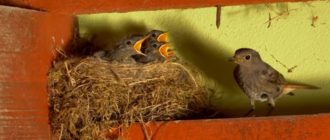Others would throw these strawberry crates away, but what our hero made out of them will leave you speechless! 😮🤐 Initially, people didn’t believe he could, but then called him a genius! 👏😉 He gave them a second chance and built a mini-greenhouse where plants and vegetables can thrive! 🥕🥬 See how seemingly useless things can turn into really good items in this article! 👇
Market strawberry crates, often overlooked, can be repurposed into surprisingly practical tools for gardening and household use. These small, sturdy boxes are perfect for organizing everything from vegetables like onions, garlic, and carrots to small tools. But with a little creativity, they can also be transformed into a compact greenhouse.



My latest project involves using these crates to build a mini-greenhouse for growing conifer seedlings. This setup will provide an ideal environment with consistent heat and humidity for the plants to thrive. The process is simple, requiring only a few tools and some ingenuity.

Materials and Preparation
To construct the greenhouse, I used four strawberry crates, though the size of the structure can be adjusted to fit your needs. Ensuring the greenhouse seals tightly is crucial for maintaining the desired climate. My husband assisted by trimming the protruding legs of the crates using a bolt cutter, creating a stable base.

For the top two crates, which serve as the lid, we made small “windows.” Initially, we attempted to cut these openings with a grinder, but ultimately finished the job with metal shears for cleaner edges.

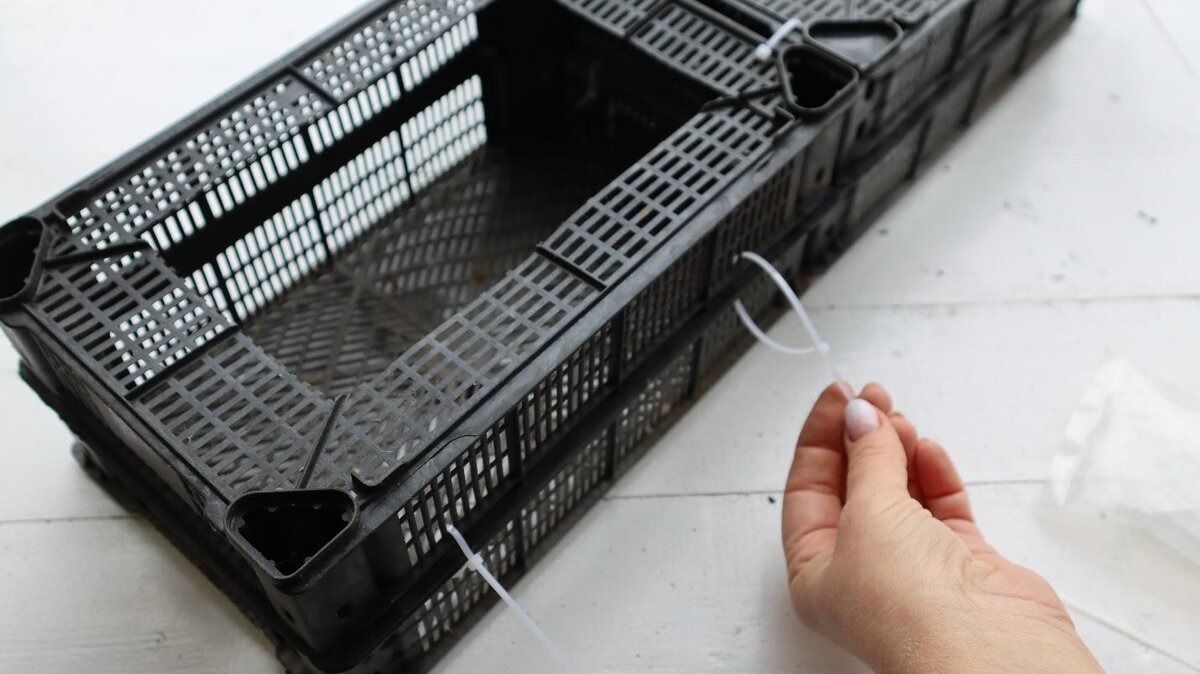
Assembly Process
The greenhouse structure is held together using plastic ties. First, I joined the two bottom crates with a pair of ties, repeating the same process for the top crates. Then, I used additional ties to create hinges, allowing the lid to open and close with ease.
Next, I covered the crates with food-grade plastic film, securing the edges with transparent tape. This ensured the greenhouse was sealed on all sides except the bottom, where the soil will go.

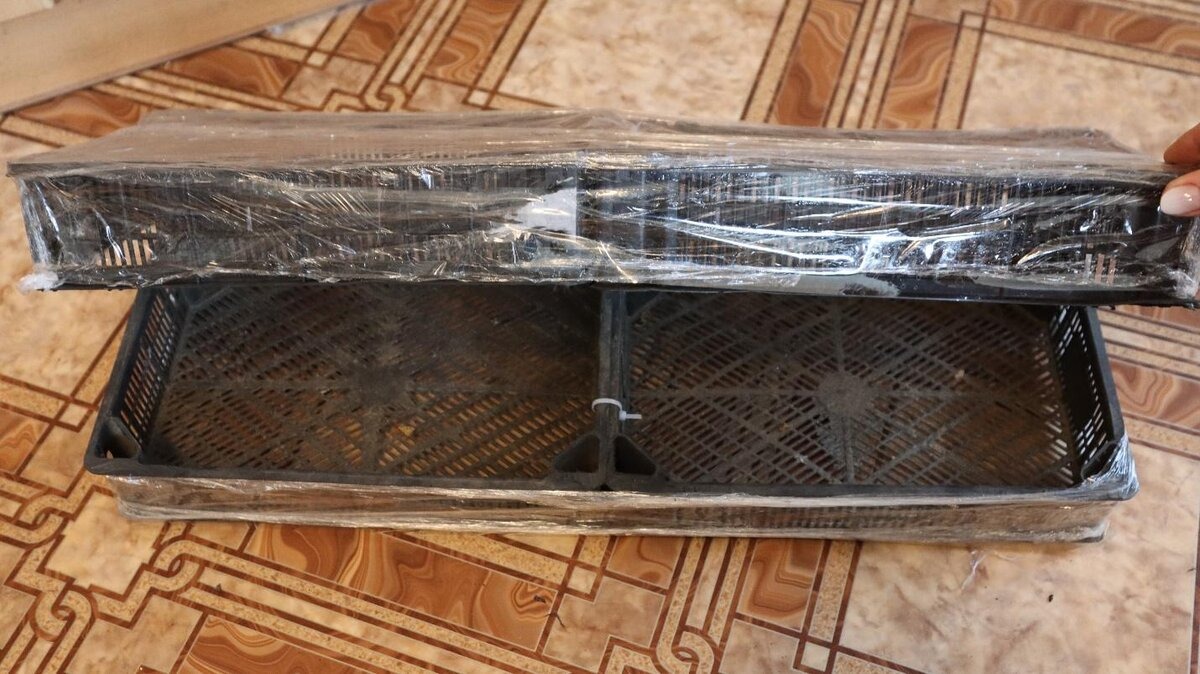
Planting and Care
With the structure complete, the next step was to fill the greenhouse with soil, water it thoroughly, and plant the seedlings. As temperatures rise, the greenhouse can easily be moved into the shade to prevent overheating. This setup provides an excellent environment for monitoring plant growth while keeping them protected.

Experimenting with Variations
Previously, I experimented with a similar technique by using glass jars as miniature greenhouses for growing conifers. I placed the jars over the seedlings and kept them shaded, usually under raspberry bushes, for a year. Regular watering was essential to maintain moist soil.
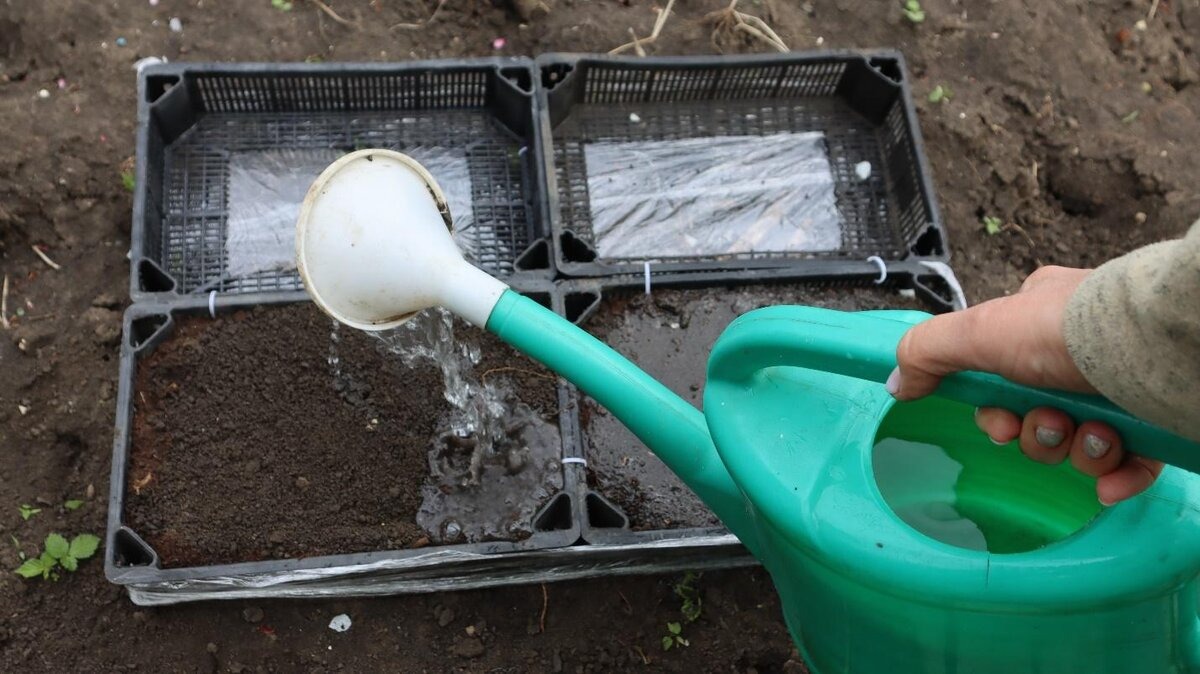

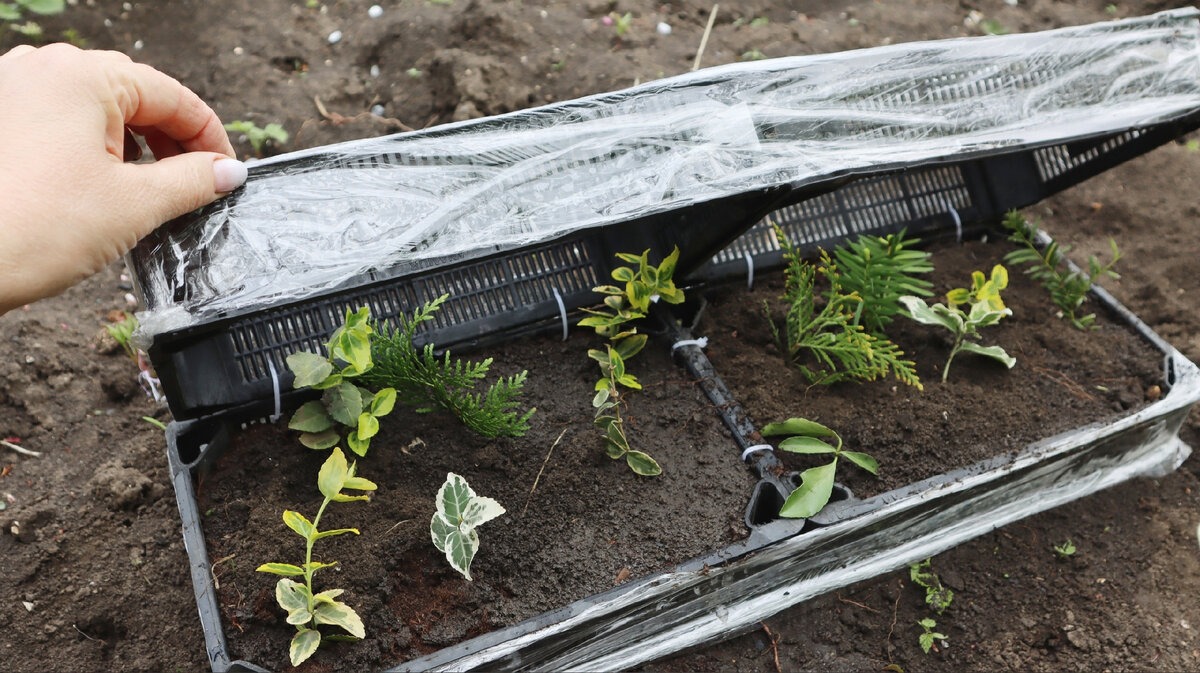

For those with larger gardening ambitions, this concept can be scaled up. By using bigger plastic crates and combining four or five of them, you can create a more spacious greenhouse suitable for growing vegetables like tomatoes, peppers, and eggplants. Once the weather warms up, simply remove the lid and let the plants grow in the open air.
This project shows how a simple and often discarded item like a strawberry crate can become a valuable tool for gardeners. With a little effort, you can create an adaptable and cost-effective greenhouse for your plants.








